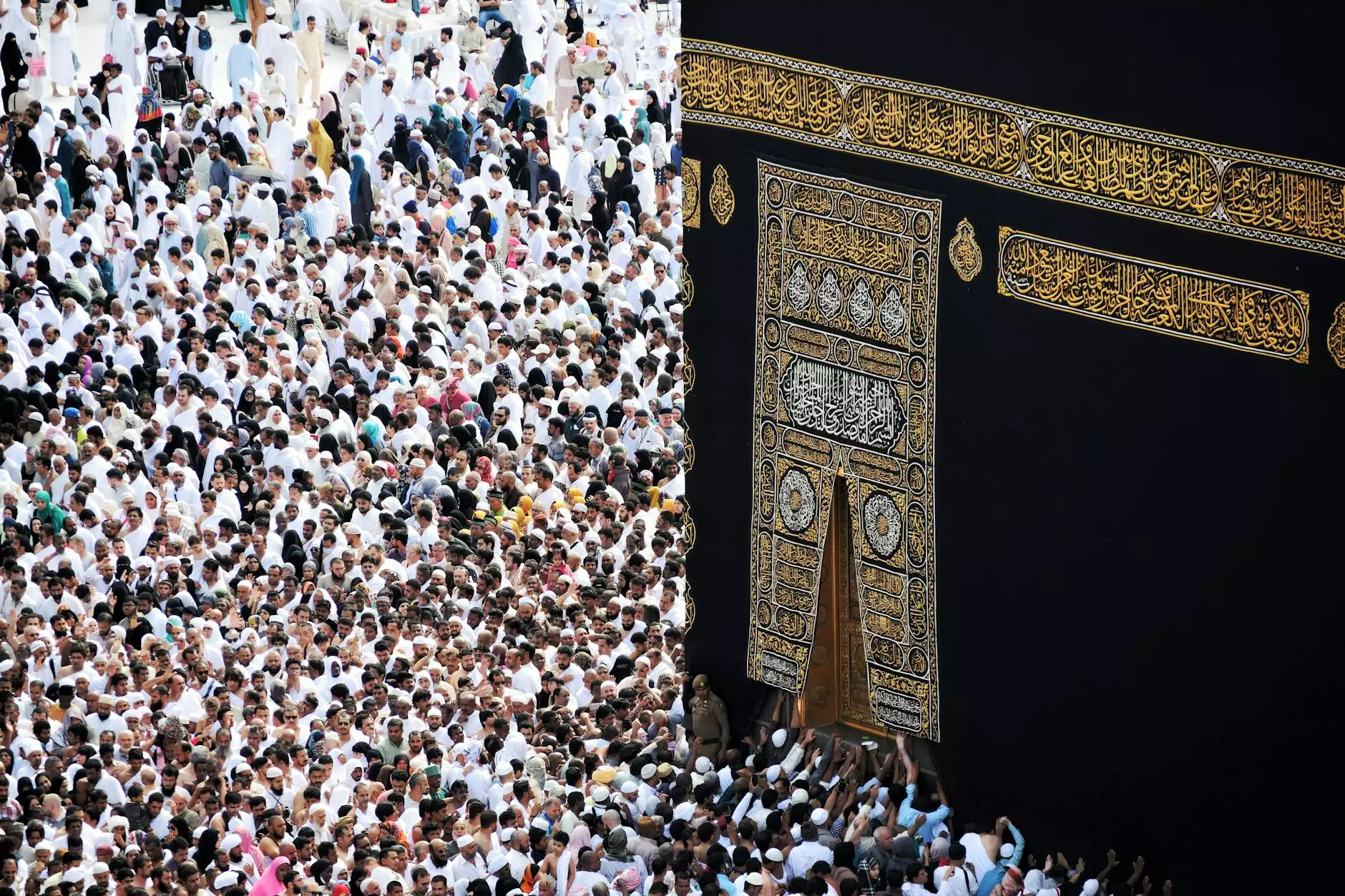Interesting Facts About the Kaaba

The Kaaba, a small cuboid structure nestled within the sacred Masjid al-Haram in Mecca, Saudi Arabia, holds immense significance for Muslims around the world. Revered as the holiest site in Islam, it is the destination for millions of pilgrims each year, especially during the Hajj and Umrah. In this article, we will delve into an array of interesting facts about the Kaaba that highlight its historical, spiritual, and architectural importance.
1. Architectural Marvel of the Kaaba
The Kaaba is not just a spiritual symbol; it also represents a remarkable feat of ancient architecture. Standing approximately 13.1 meters (43 feet) high, the structure has a rectangular base with a length of about 15 meters (49 feet) and a width of 12 meters (39 feet). The exterior is covered with a black silk cloth, known as the Kiswah, embroidered with verses from the Quran in gold thread. This stunning textile not only enhances its beauty but also serves as a powerful reminder of its sacred purpose.
2. The Black Stone: A Window to Heaven
One of the most intriguing features of the Kaaba is the Black Stone (Al-Hajjar Al-Aswad), which is embedded into the eastern corner of the structure. Muslims believe that this stone is a heavenly object sent down to Earth, and it is said to be a remnant from the time of Prophet Adam. Pilgrims often seek the opportunity to touch or kiss the Black Stone during their circumambulation (Tawaf) around the Kaaba, as it is believed to bring them blessings and forgiveness.
3. The Historical Significance
The origin of the Kaaba traces back to the time of Prophet Ibrahim (Abraham) and his son Ismail (Ishmael). According to Islamic tradition, Ibrahim was commanded by God to build the Kaaba as a place of worship. Over the centuries, the Kaaba has undergone numerous renovations and reconstructions, particularly after being damaged by natural disasters and conflicts. It is a testament to the enduring faith of Muslims and their deep connection to this sacred site.
4. The Kaaba: A Center of Unification
The Kaaba stands as a focal point for Muslims around the world. During daily prayers, Muslims turn towards the Kaaba, no matter where they are located. This practice, known as the Qibla, symbolizes unity and equality among the Muslim community, reinforcing the concept of Ummah, or collective community.
5. The Importance of the Hajj
Every year, millions of Muslims undertake the pilgrimage of Hajj, which is one of the Five Pillars of Islam. This spiritual journey requires participants to perform several rites centered around the Kaaba, including the Tawaf, where pilgrims circle the Kaaba seven times in a counterclockwise direction. The significance of the Hajj, and specifically the Kaaba, lies in its spiritual purification, sense of humility, and community among Muslims globally.
6. The Mystique of the Black Cloth (Kiswah)
The Kiswah, which drapes the Kaaba, is replaced annually during the month of Dhul Hijjah, just before the Hajj. This elaborate black cloth is meticulously crafted from silk and adorned with intricate gold embroidery. Each year, the new Kiswah is made in a special factory located in Mecca, symbolizing renewal and continuity in the Islamic faith. The cloth remains a vital element of the Kaaba, as it not only beautifies the structure but also conveys the respect and reverence Muslims have for their holy site.
7. The Kaaba's Role in Islamic Tradition
The Kaaba's significance extends beyond its physical structure. It is mentioned in various verses of the Quran, marking it as a sacred house built for the worship of Allah. The Kaaba is also a central element in Islamic teachings, representing God's instructions, the commitment to faith, and the importance of community and prayer.
8. Kaaba in the Times of the Prophet Muhammad
During the time of the Prophet Muhammad, the Kaaba was already a place of pilgrimage, visited by Arabs from various tribal backgrounds. The Prophet Muhammad himself was born in Mecca, and he played a crucial role in restoring the Kaaba to its rightful place as a center of monotheistic worship. His actions emphasized the principles of unity, respect for sacred spaces, and the worship of the One God.
9. The Kaaba's Unique Renovations
- In the early days of Islam, the Kaaba was renovated to maintain its structure and replenish its significance.
- In 1629, a major reconstruction took place after the Kaaba was damaged by floods.
- Modern renovations include enhanced safety and security measures for pilgrims visiting during the Hajj.
- The roof of the Kaaba was modified in recent years to improve structural integrity and aesthetics.
10. The Inside of the Kaaba: A Sacred Secret
While the exterior of the Kaaba is widely known, the interior is a place of mystery. The inside of the Kaaba is accessible only to a select few, including the Saudi royal family and certain privileged individuals during special occasions. The interior features a simple design adorned with marble, inscriptions, and an exquisite wooden partition. The modesty of the interior reflects the spiritual essence of the Kaaba, as it is meant solely for worship and glorification of Allah.
11. Accessibility and Safety of the Kaaba
In recent years, the Saudi government has implemented numerous measures to ensure the safety and convenience of pilgrims visiting the Kaaba. These include advanced crowd control systems, enhanced medical facilities, and improved accessibility to accommodate the physically challenged. As a result, the pilgrimage experience has become safer and more enriching for millions of Muslim visitors each year.
12. The Kaaba's Global Influence
The influence of the Kaaba transcends borders. It serves as a symbol of faith and devotion for Muslims worldwide. Beyond its religious significance, the Kaaba embodies the values of peace, humility, and nurturing relationships within the Muslim community, inspiring countless individuals to deepen their faith and commitment to their religious duties.
Conclusion: Embracing the Essence of the Kaaba
As we explore these interesting facts about the Kaaba, we realize its profound impact not only on the spirituality of Muslims but also on their cultural identity. From its historical roots to its architectural grandeur, the Kaaba remains an unchanging beacon of unity, faith, and perseverance in the ever-evolving landscape of the world. The Kaaba is not just a physical structure; it is a reminder of the deep connection between spirituality and community, resonating with the beliefs of millions around the globe.
Understanding the Kaaba and its significance enriches our appreciation of the Islamic faith and reminds us of the power of spirituality in bringing people together. As we continue to explore the essence of places like the Kaaba in our travels, we embrace the lessons of patience, devotion, and the pursuit of knowledge that this sacred site offers to all who seek it.









